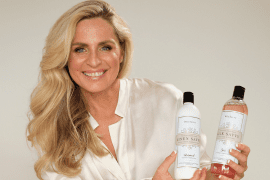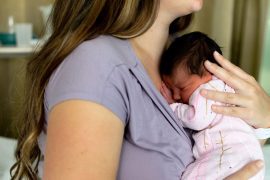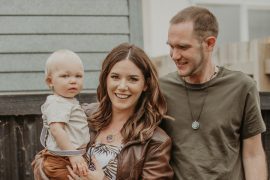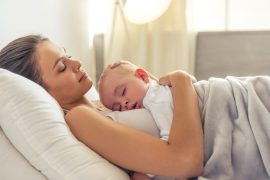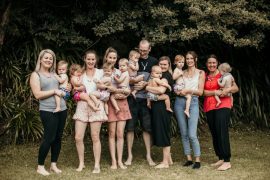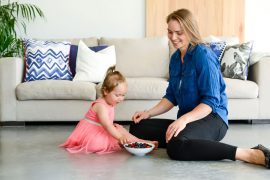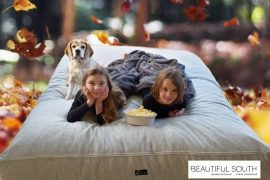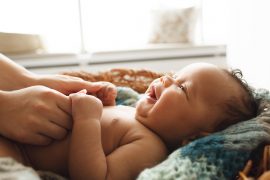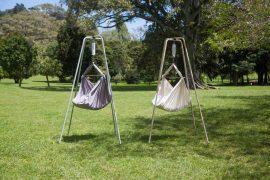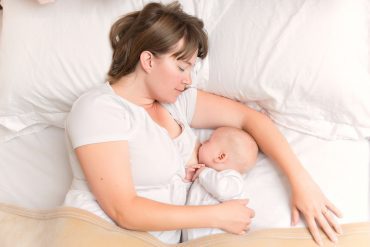Hearing protection for all ages continued…
It’s time to move on up to Protective Earmuffs, which feature the same noise-reduction features as Mini Muffs (a grunty Class 4 noise-reduction rating; comfy design and a style which ‘grows’ with your child, as well as meeting a full suite of international standards). Protective Earmuffs suit children from two years until 10+ years – in fact, they can be worn right through teenage years and into adulthood (we know, we use them ourselves!). See the range HERE.
Hearing protection is increasingly a standard practice in noisy situations, from employees in noisy workplaces to the handyperson operating loud machines in the home workshop or garden.
A child’s hearing is new – and much more delicate – than an adult’s – and children should wear hearing protection on many occasions.[1] Special events can be problematic for little ears – loudly revving motors at motorsports; loud music at a concert; movie soundtracks are often too loud for small children. Enclosed spaces, such as airplanes, can also cause problems for little ones trying to settle – and the noise of take-off can also be upsetting. Fireworks, home renovations and lawn mowing are common around the home and can cause hearing loss.
Some children are more sensitive to loud noise and overstimulation than others. Wearing Banz earmuffs in triggering situations allows a child the chance to regroup by dulling down the external stimulation…
Primary schools and pre-schools have proved so noisy, that the New Zealand Foundation for the Deaf promotes the Safe Sound Indicator, a traffic-light system that measures sound and issues an alert when levels are too loud.[2]
Some children are more sensitive to loud noise and overstimulation than others. Wearing Banz earmuffs in triggering situations allows a child the chance to regroup by dulling down the external stimulation – customers have described their child’s Banz earmuffs as “a life saver”.[3] Children with autism and sensory processing disorder find Banz earmuffs particularly useful.
A tip from an expert
University of Auckland Head of Audiology, Dr David Welch, says: “Make sure babies are not wearing hats when you put the earmuffs on: if the cushion cannot seal on the side of the head, the sound can get through and it is amazing how much gets in.” [4]
REFERENCES
[1] See Parenting and Child Health website by the Government of South Australia: http://www.cyh.com/HealthTopics/HealthTopicDetails.aspx?p=114&np=304&id=1584#young
[2] See the New Zealand Foundation for the Deaf website: https://www.nfd.org.nz/our-work/education-and-prevention/safe-sound-indicators/
[3] “My daughter has sensory issues due to a brain infection and the earmuffs work brilliantly in noisy environments to provide a quiet space for her to refocus herself again. They have been a life saver!” Anne Marie, https://babybanz.nz/reviews/
[4] Pers. comm. with Dr David Welch, University of Auckland Head of Audiology.

